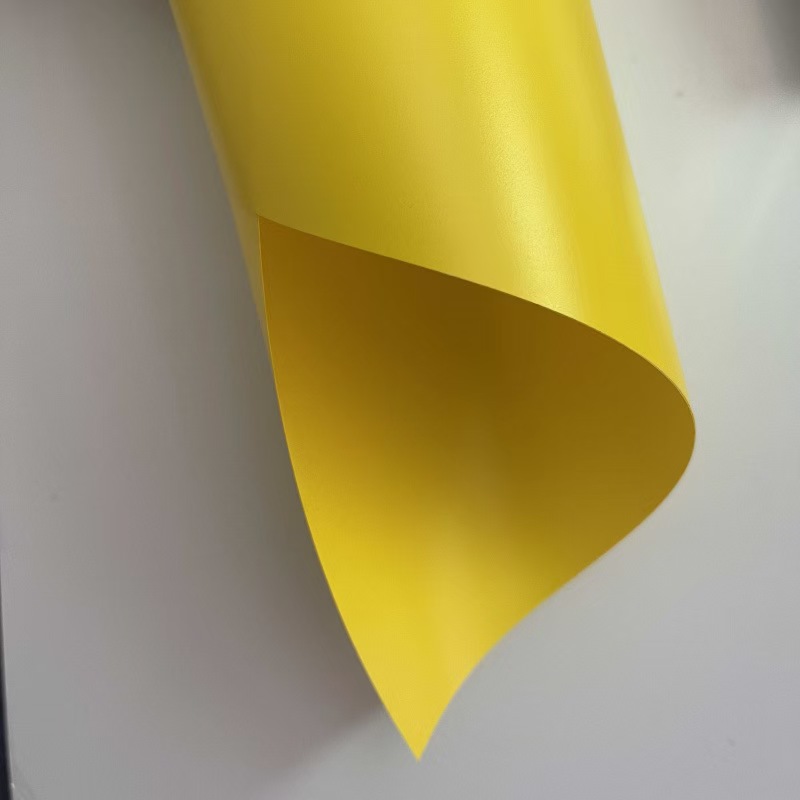Exploring the Development of Eco-friendly Flame Retardants for PP Insulation Films
The global push towards sustainability is driving innovations in flame retardant technology. Among the leading advancements are eco-friendly flame retardants, which are replacing traditional halogenated solutions due to their lower toxicity and environmental impact. This article explores the progress made in developing these eco-friendly flame retardants, particularly focusing on siloxane-based systems, and the challenges associated with flame retardant migration in PP insulation films.
1. The Need for Eco-friendly Flame Retardants
Flame retardants are critical in many industries, especially in electrical and construction applications, to ensure materials can resist fire and protect against potential hazards. However, the widespread use of traditional halogenated flame retardants has raised significant concerns about environmental pollution and toxicity. As a result, industries are turning to more sustainable alternatives. Organic-based flame retardants and siloxane systems are increasingly seen as effective replacements due to their reduced environmental footprint.
2. Siloxane-based Flame Retardants: Advantages and Characteristics
Siloxane-based flame retardants, often derived from organosilicon compounds, have emerged as one of the most promising alternatives. These materials are valued for their fire-resistant properties and their relatively low migration rates, which makes them ideal for long-term use in PP insulation films. Siloxanes form a protective barrier that prevents fire spread and, in some cases, can even enhance the durability of the material under heat stress.
3. Challenges: Flame Retardant Migration
Despite the promising benefits of siloxane-based flame retardants, one of the major challenges they face is the issue of migration. Over time, flame retardants may migrate out of the polymer matrix, especially when exposed to high temperatures or extended use. This migration can compromise the material's flame-retardant properties and reduce its effectiveness. This issue is particularly problematic for PP insulation films, which are often used in environments requiring long-term stability and reliability.
4. Addressing the Migration Issue
To address the challenges posed by flame retardant migration, researchers are focused on developing new methods to improve the incorporation of flame retardants into the PP matrix. This includes using non-migratory flame retardants, incorporating additives to enhance binding, or exploring new polymer blending techniques that offer more stability. Additionally, coating technologies are being developed to create barriers that prevent flame retardant migration, ensuring the longevity and reliability of the material.
5. The Future of Eco-friendly Flame Retardants
As environmental concerns continue to grow, the development of eco-friendly flame retardants for PP insulation films will play a crucial role in advancing sustainable materials science. The future looks promising, with ongoing research focused on improving the performance, stability, and environmental profile of flame retardants. With increasing regulatory pressure on harmful chemicals and growing consumer demand for green products, it is expected that eco-friendly flame retardants will become more mainstream in the near future.
6. Conclusion
The development of eco-friendly flame retardants is essential for creating safer, more sustainable materials in a variety of industries. By focusing on siloxane-based systems and addressing migration challenges, PP insulation films can benefit from improved fire resistance, longer material lifespans, and a reduced environmental impact. As research continues, we can expect significant advancements in the field of eco-friendly flame retardants for PP films, contributing to the overall drive for a more sustainable and eco-conscious world.
READ MORE:
- Progress in Developing Eco-friendly Flame Retardants for PP Insulation Flame Retardant Films
- Challenges and Limitations of Halogen-Free Flame Retardant PP Films in Industrial Applications
- The Role of Halogen-Free Flame Retardant PP Films in Enhancing Sustainability of Industrial Products
- Advantages of Halogen-Free Flame Retardant PP Films Over Traditional Materials
Synthetic paper
Coated paper
Telephone: 008613530419893
E-mail:marie@selfadhesivefilm.com
ADDRESS (Shenzhen):903-286, Building A2, Guangming Technology Park, China Merchants Group, Guanguang Road, Fenghuang Community, Fenghuang Street, Guangming District, Shenzhen, Guangdong.
ADDRESS (Dongguan): 3rd Building No.45 Yinhu Road Shishuikou Community,Qiaotou Town, Dongguan, Guangdong.





